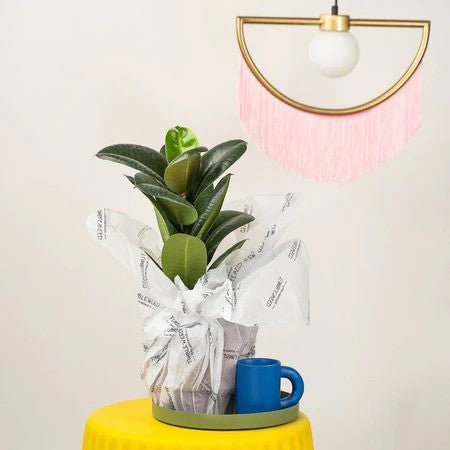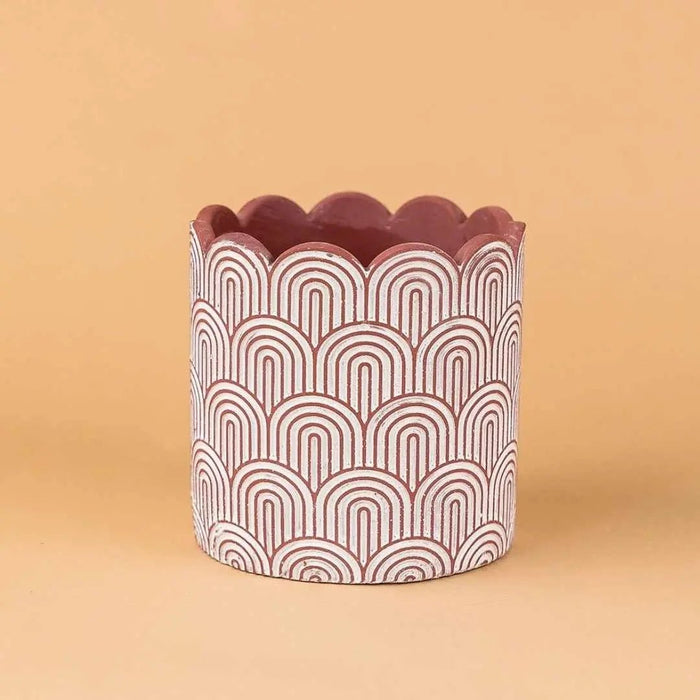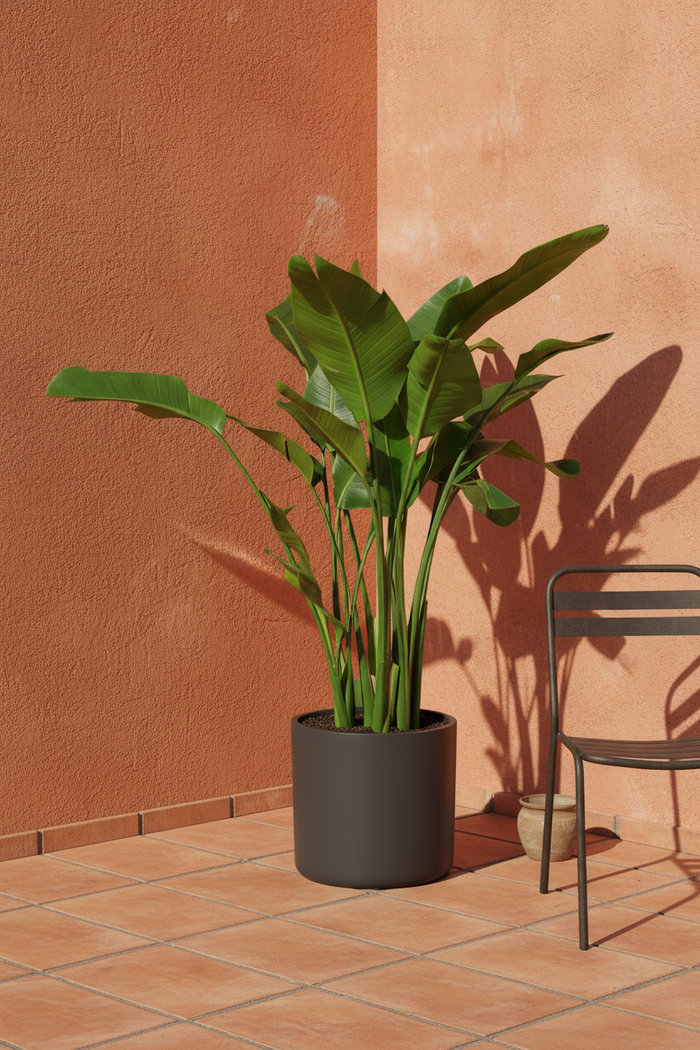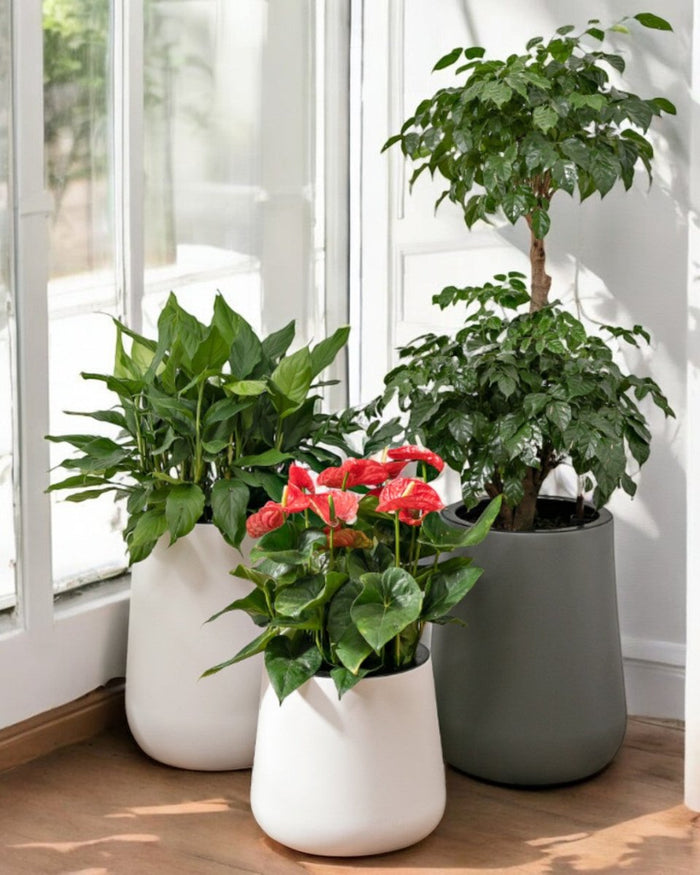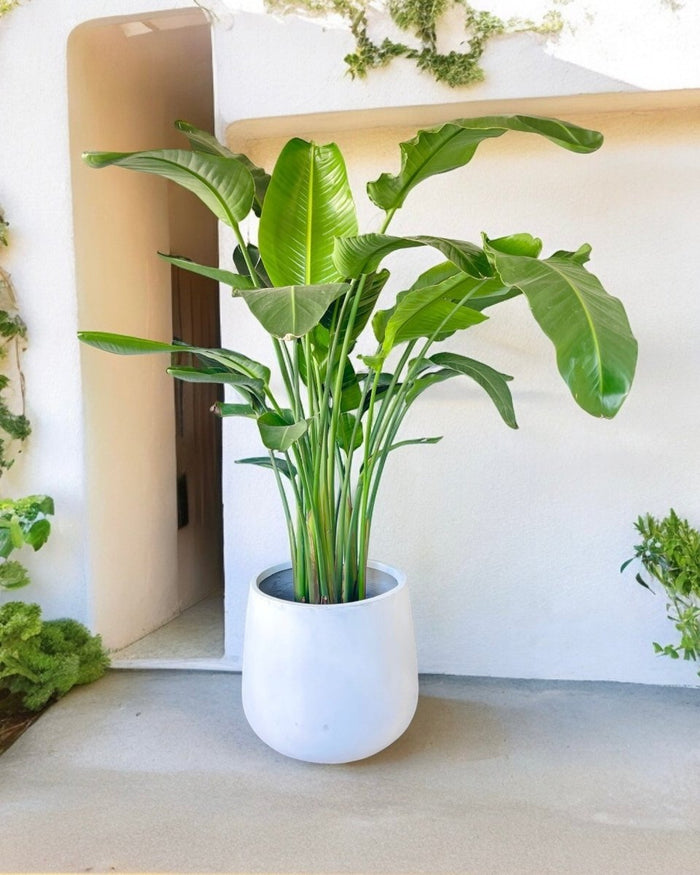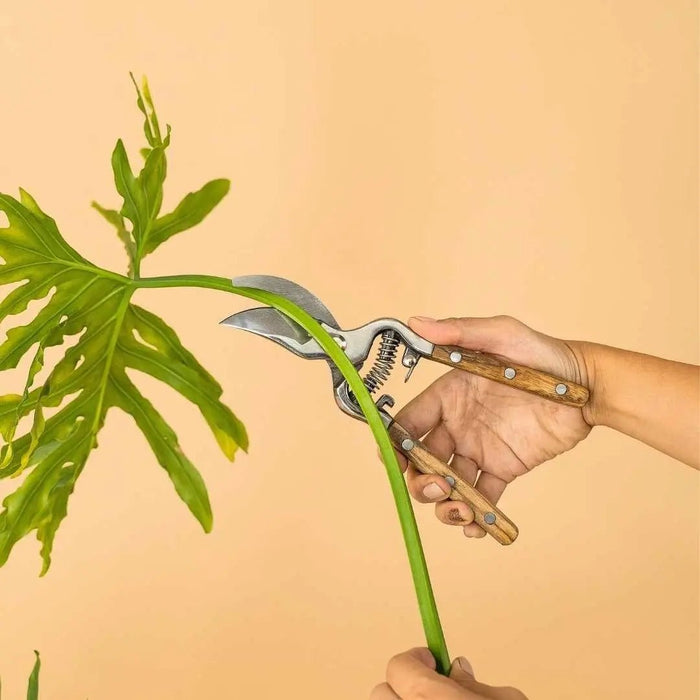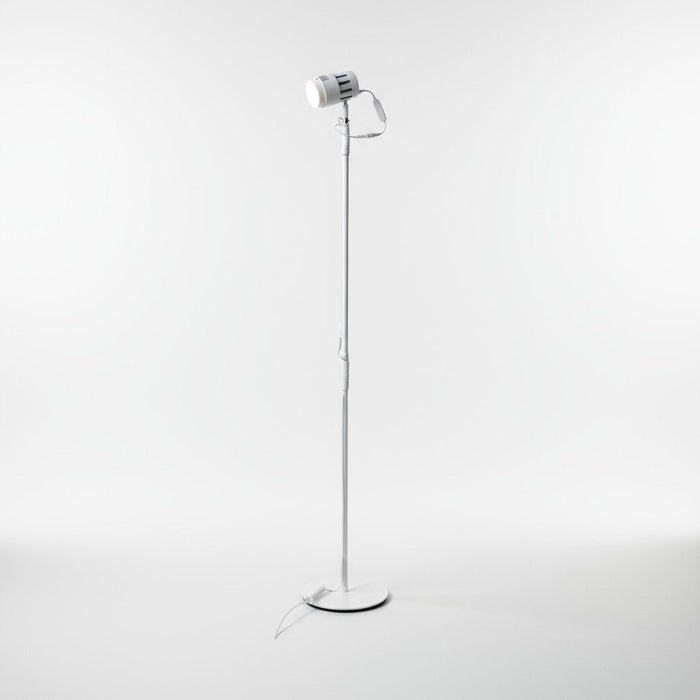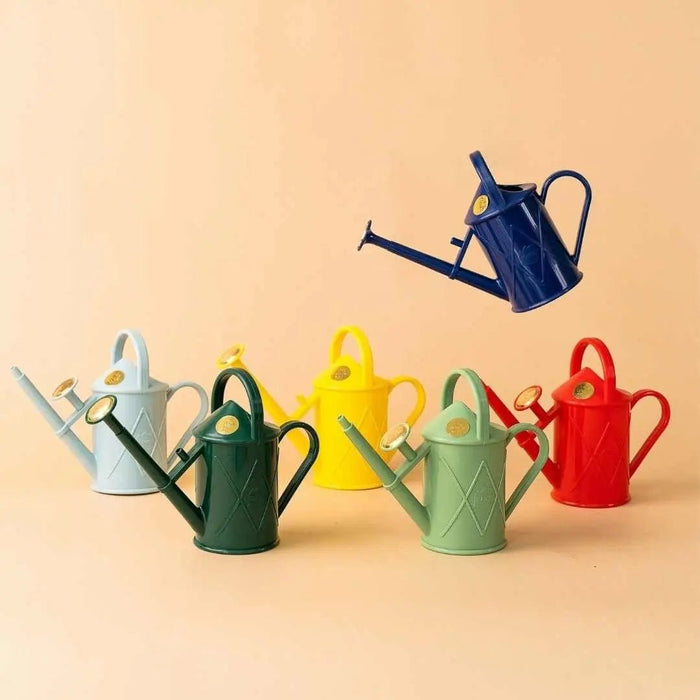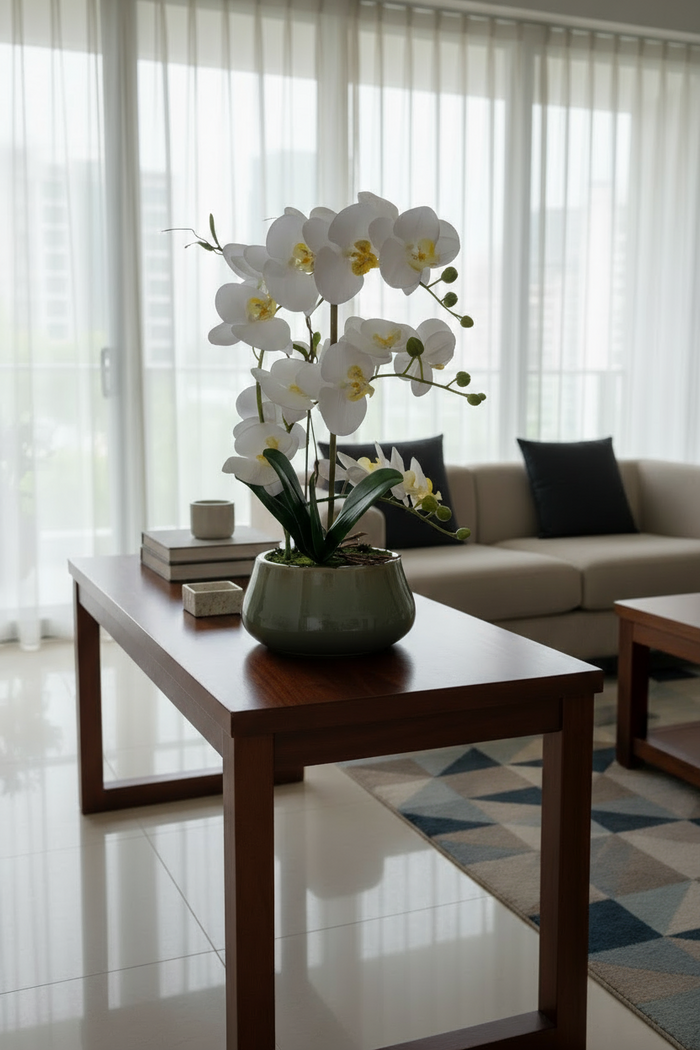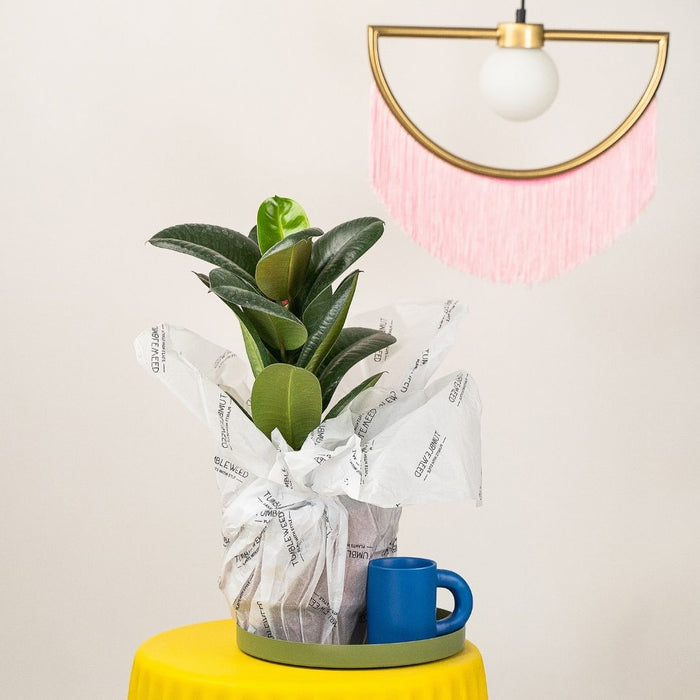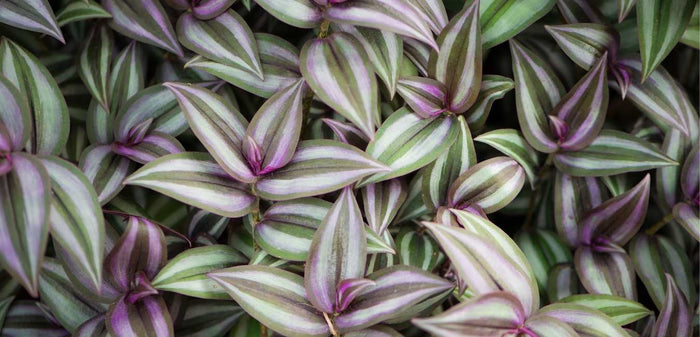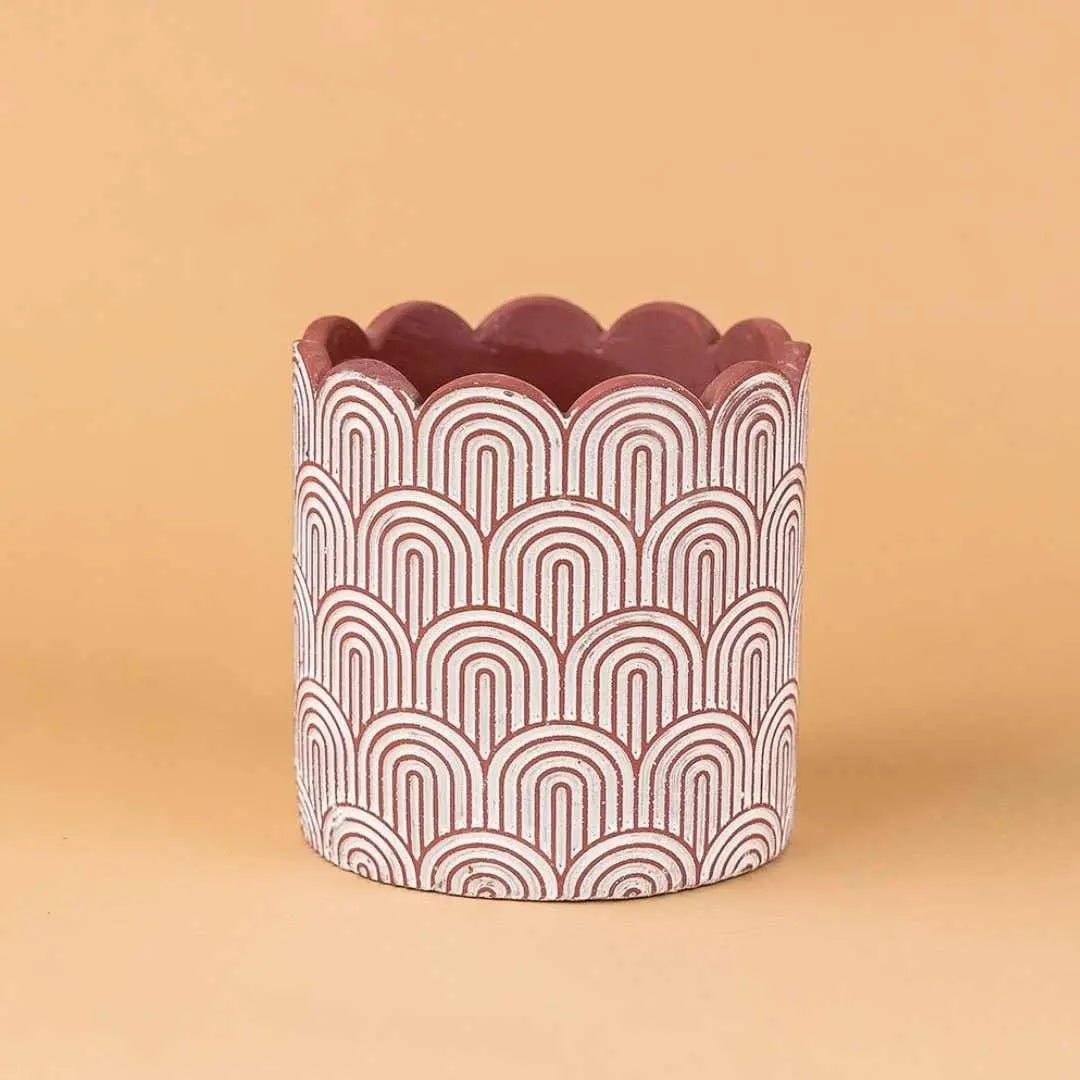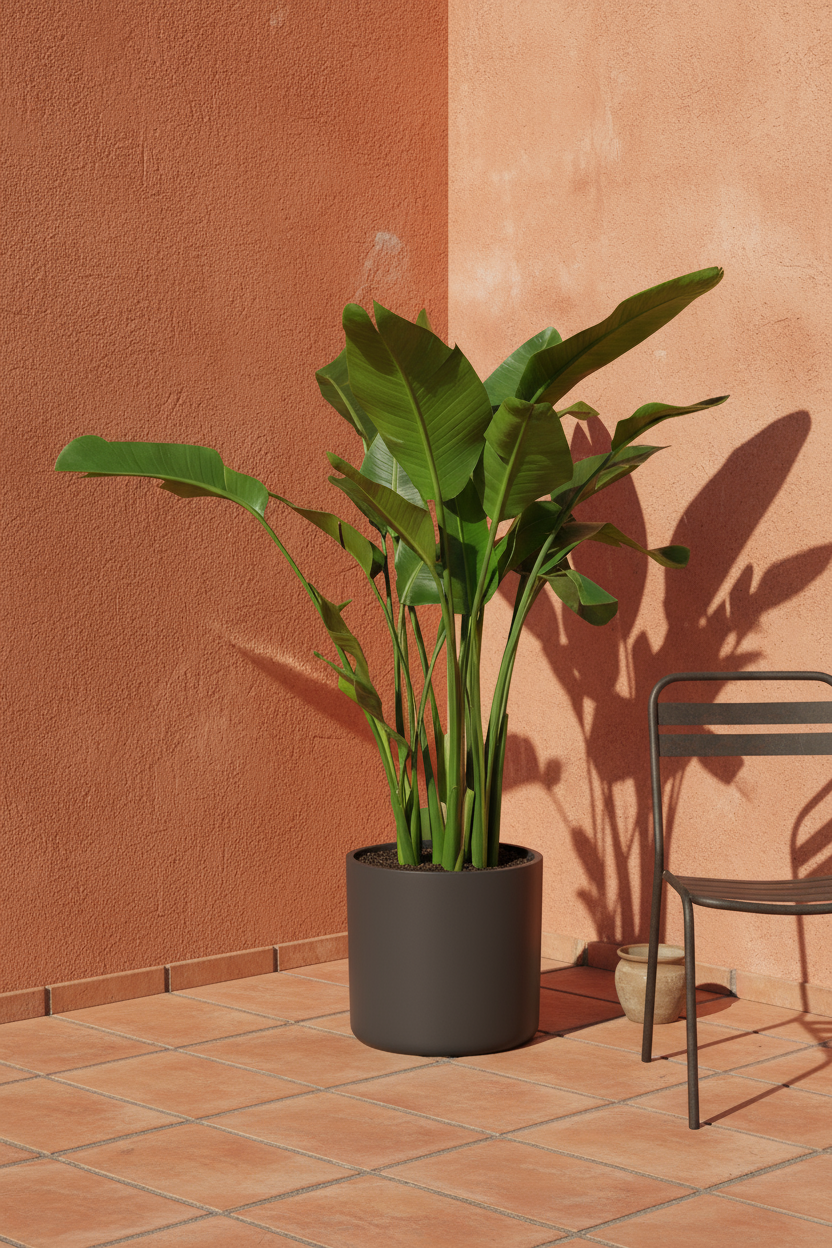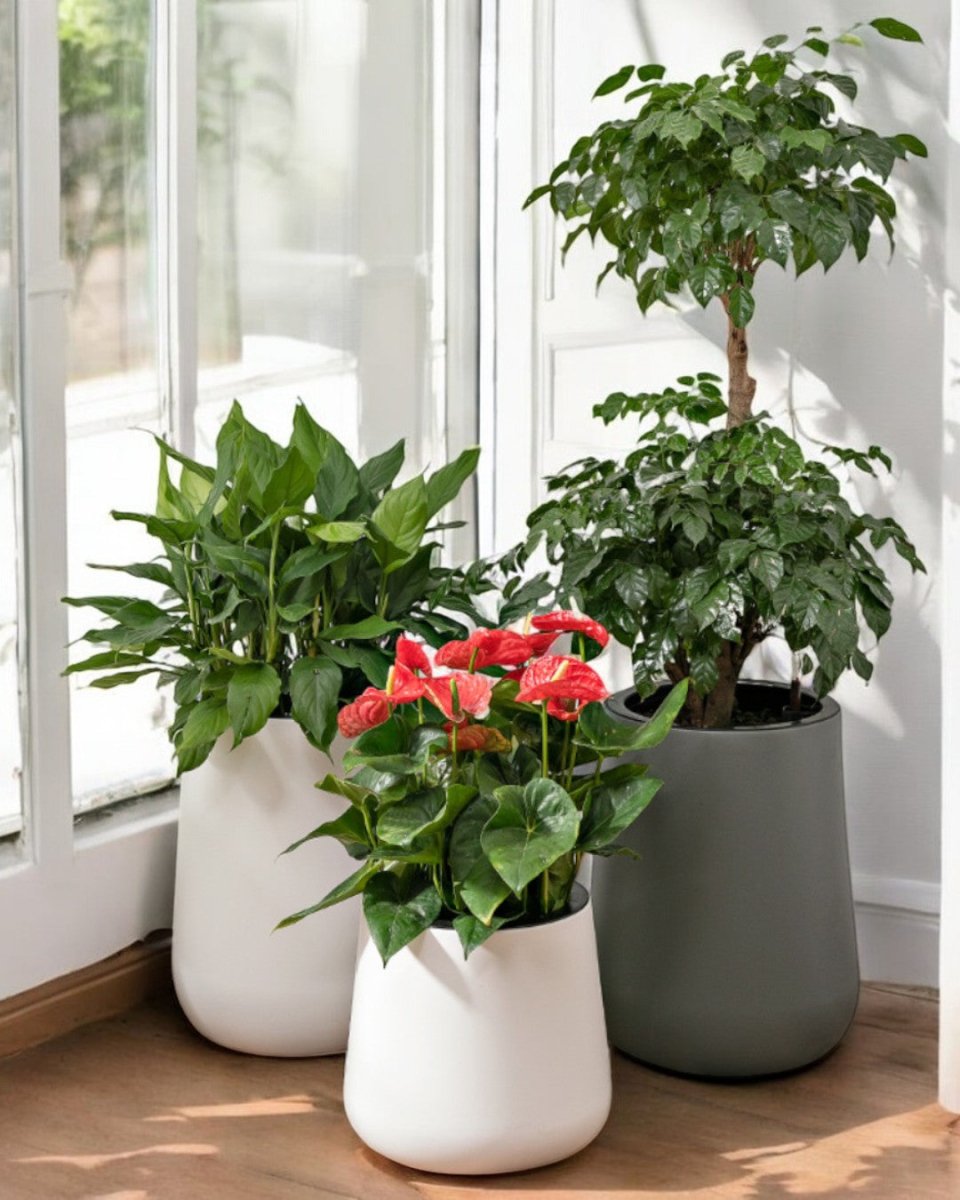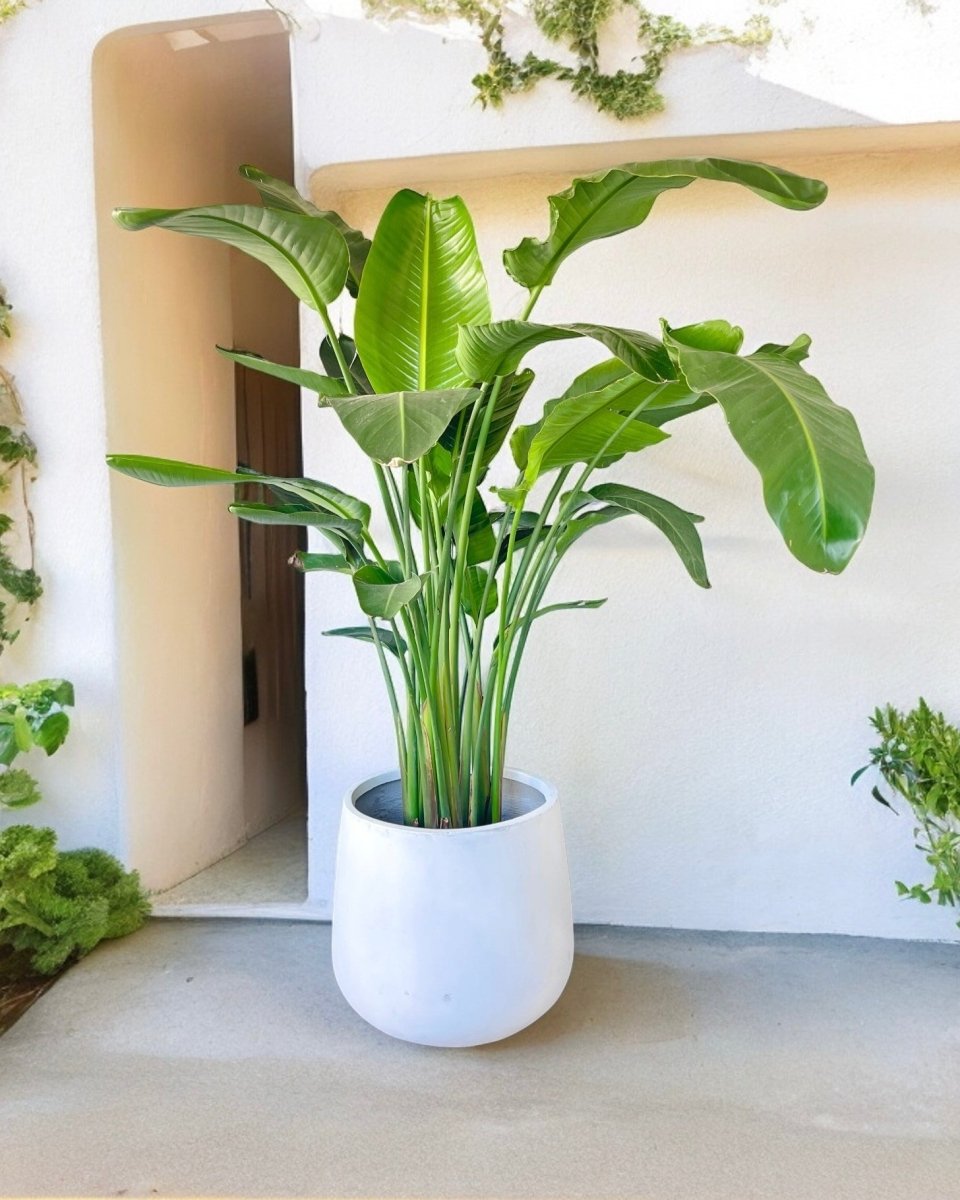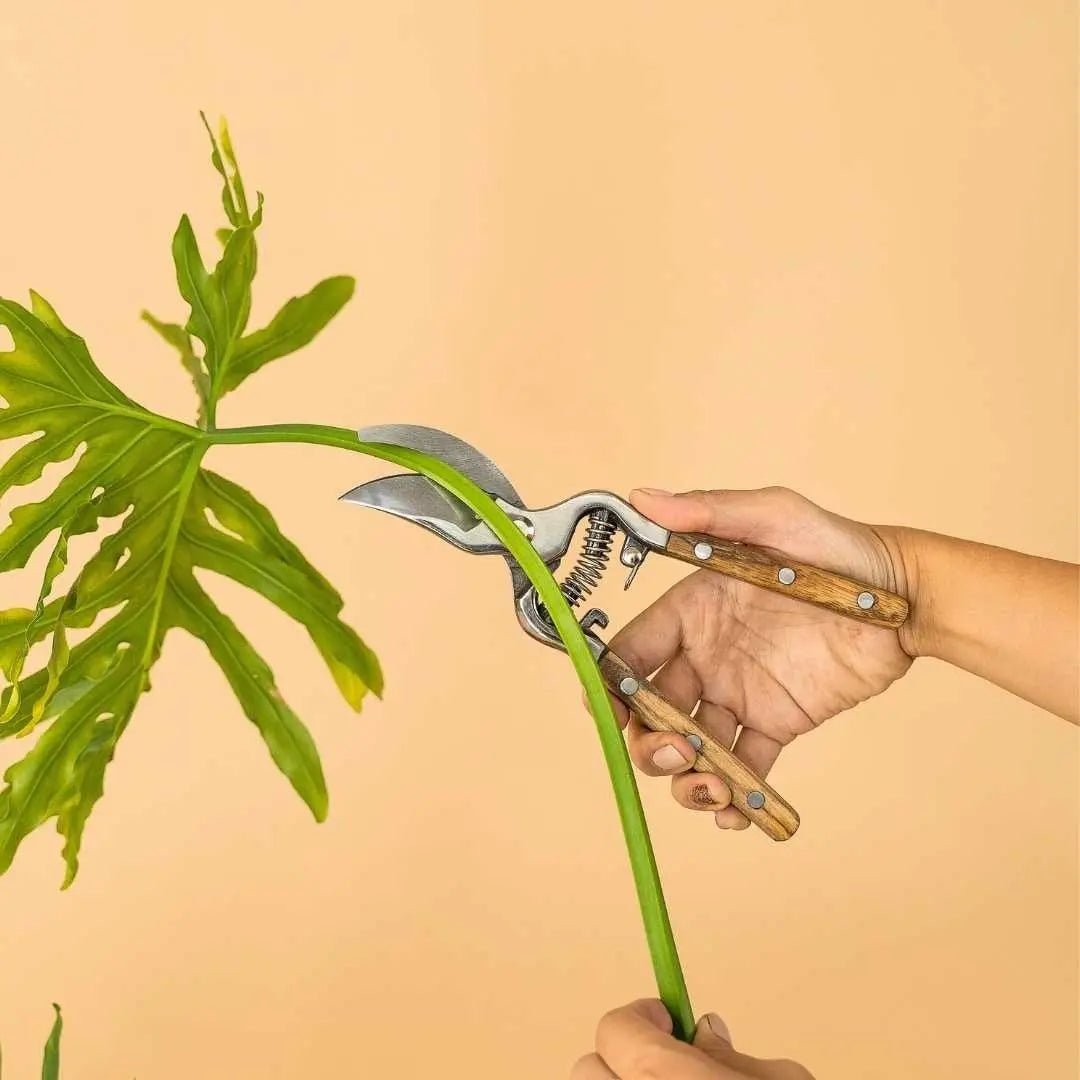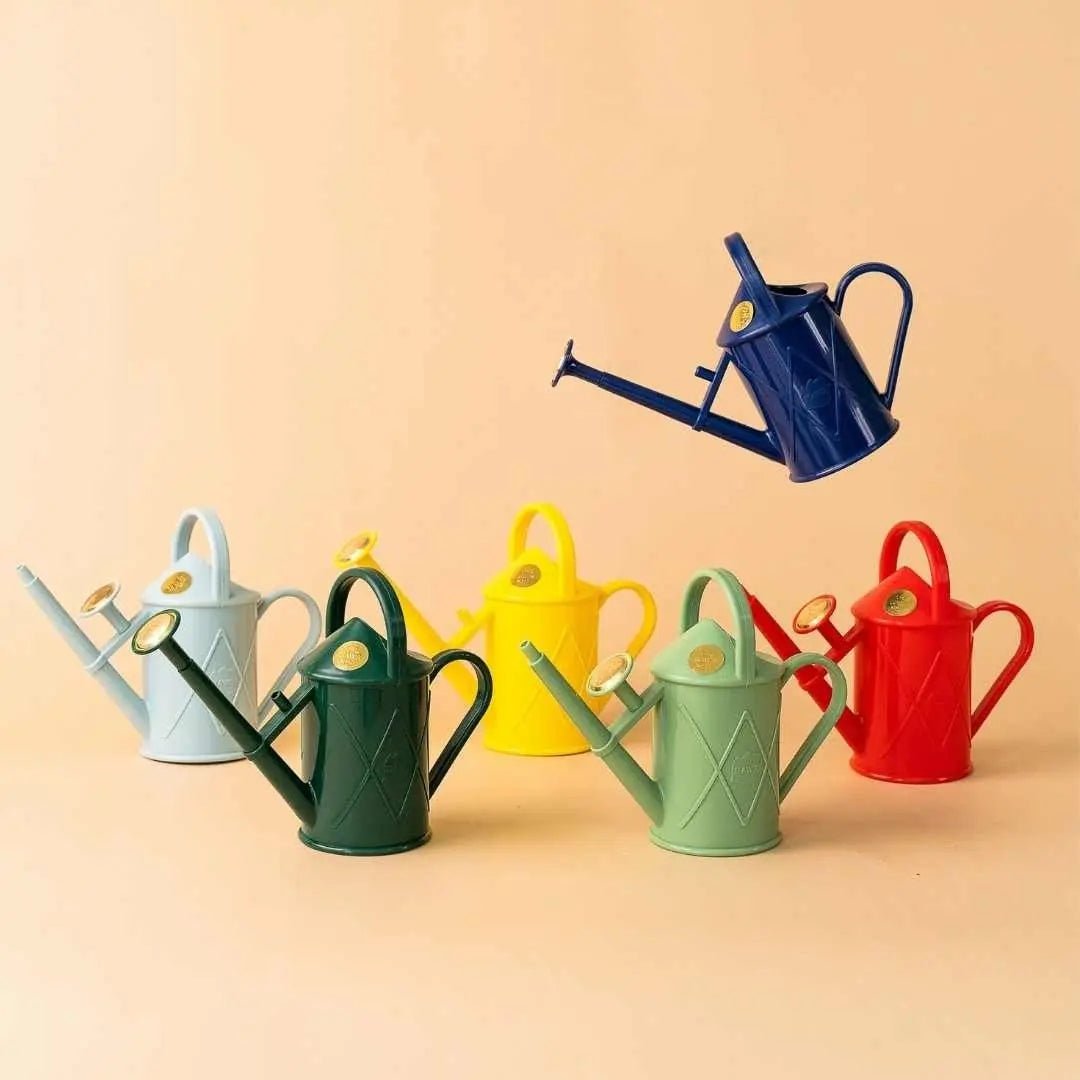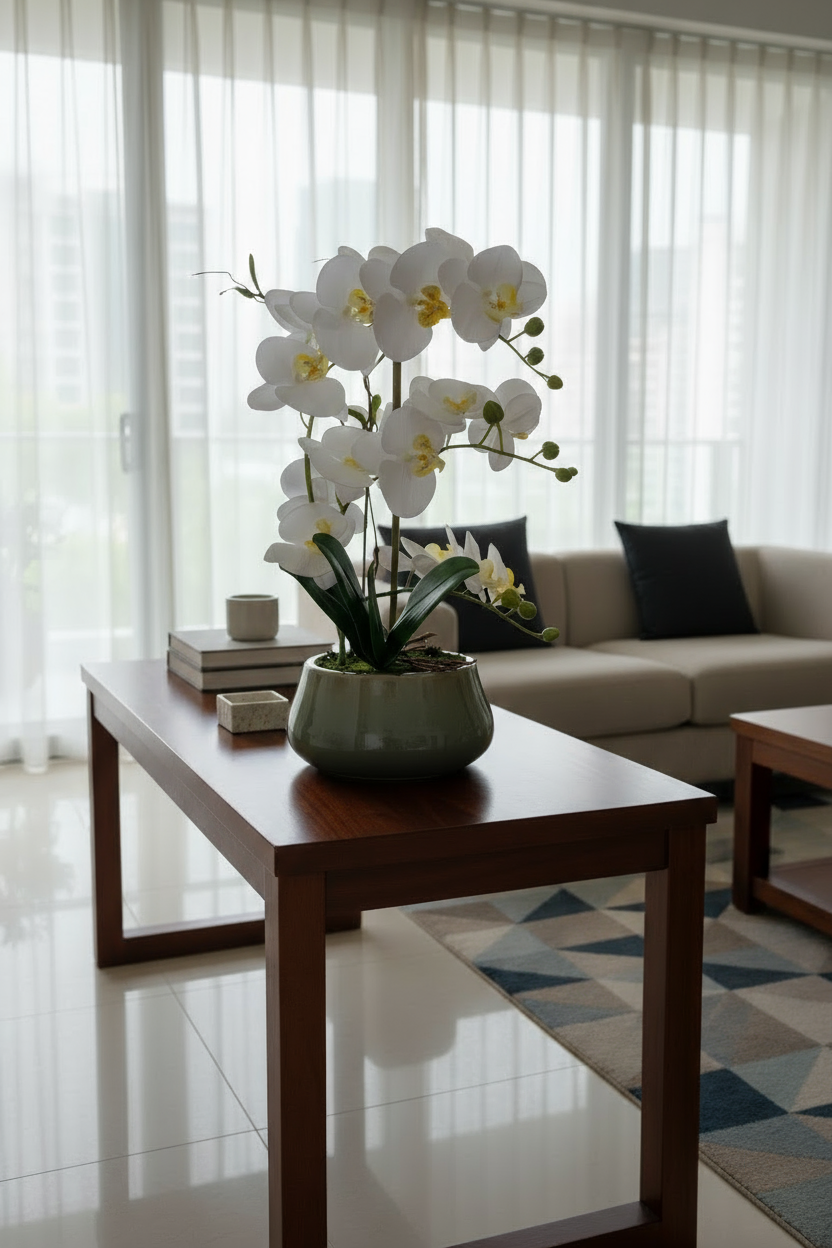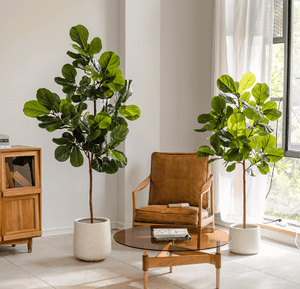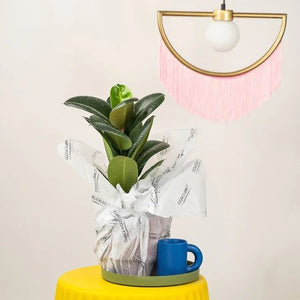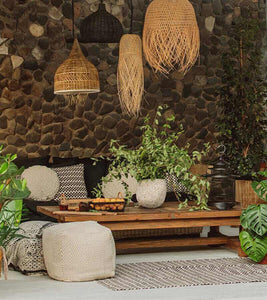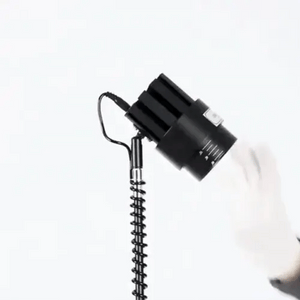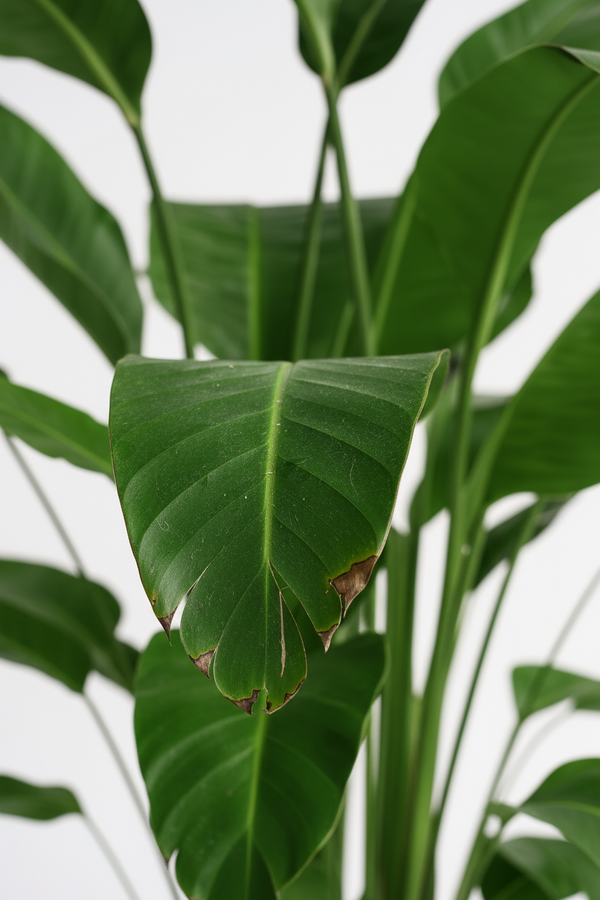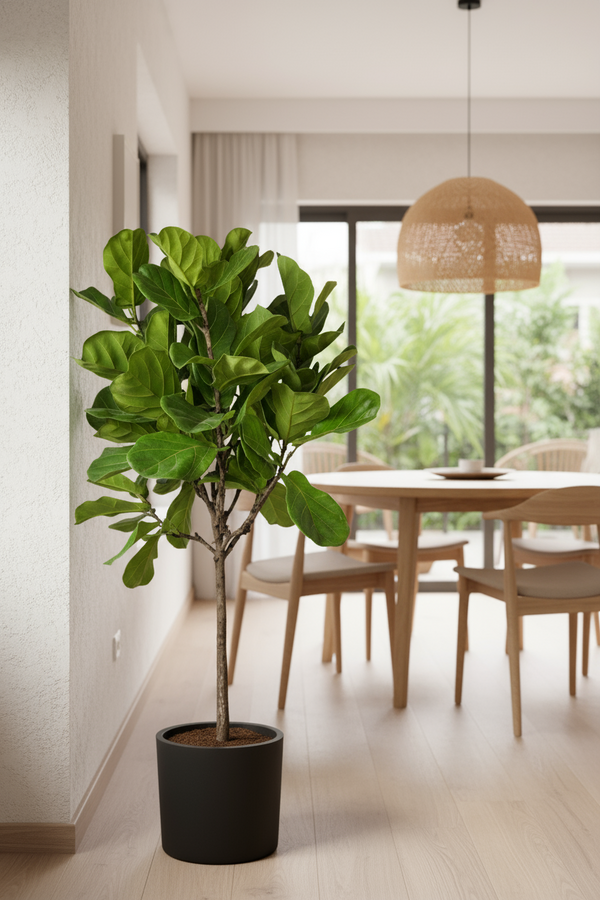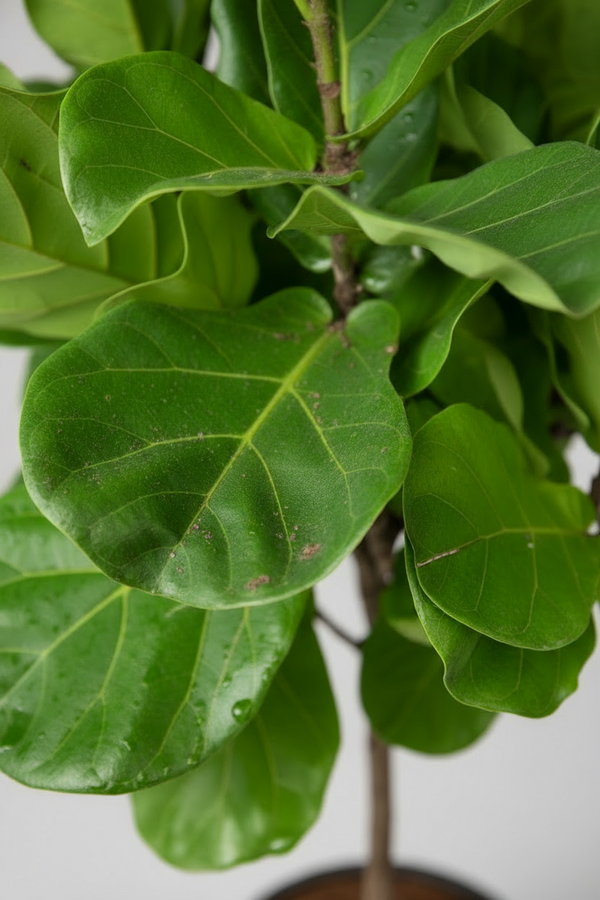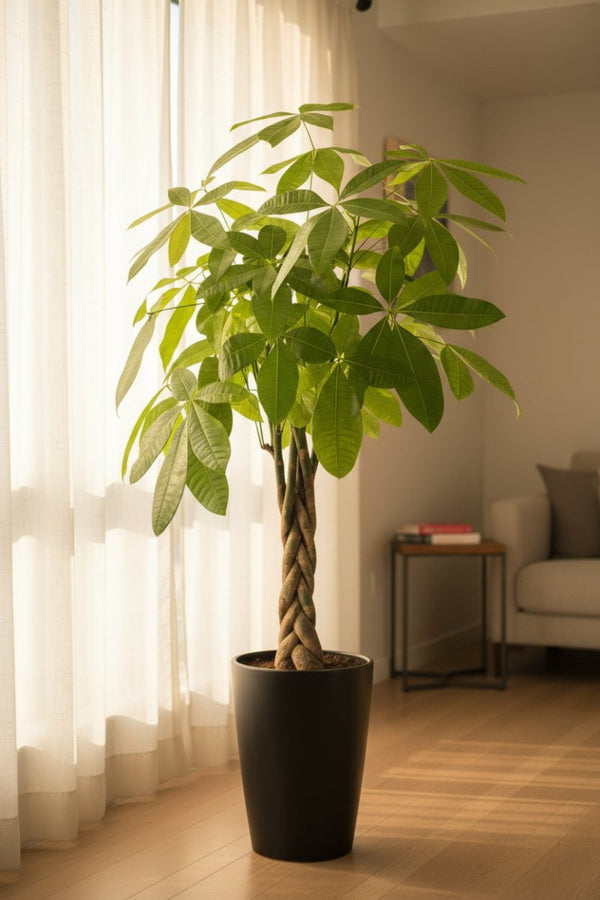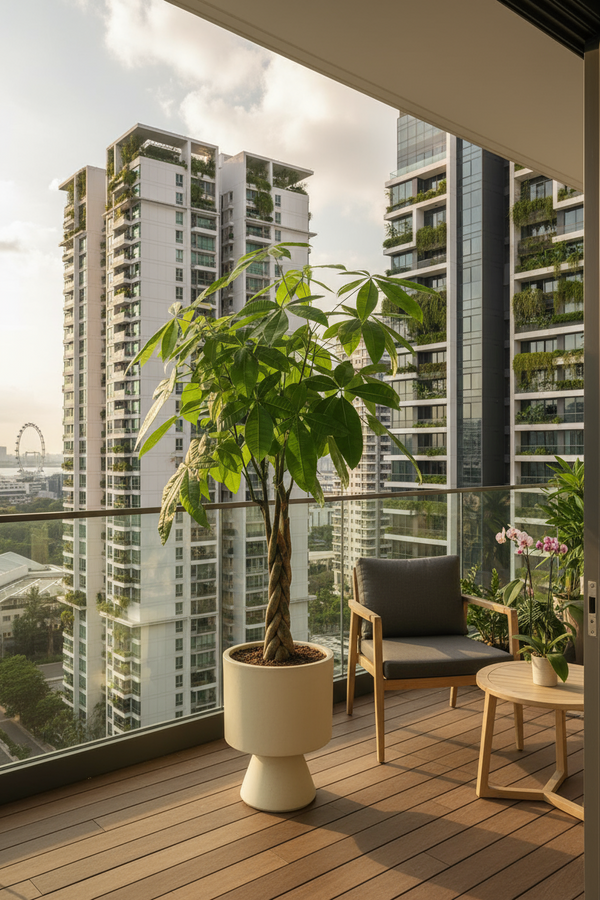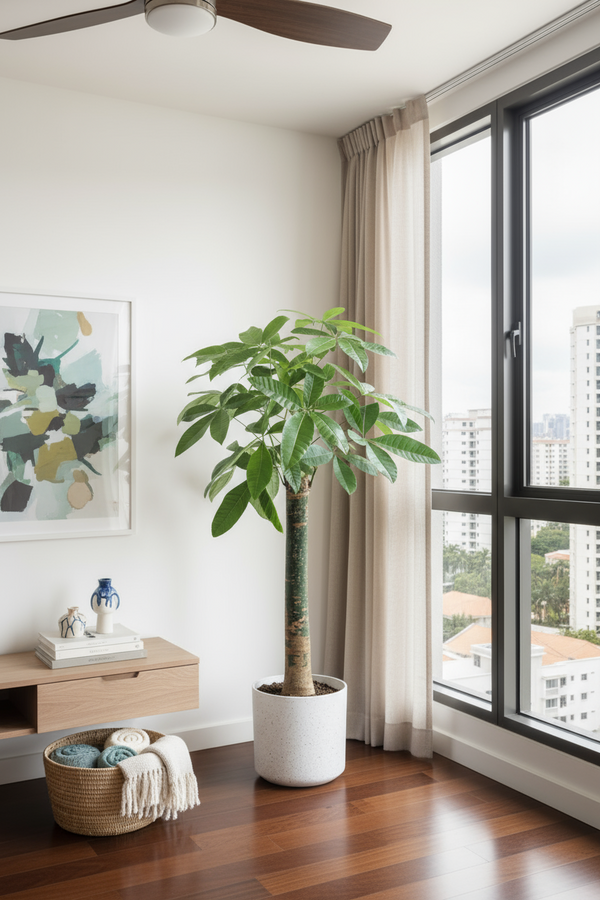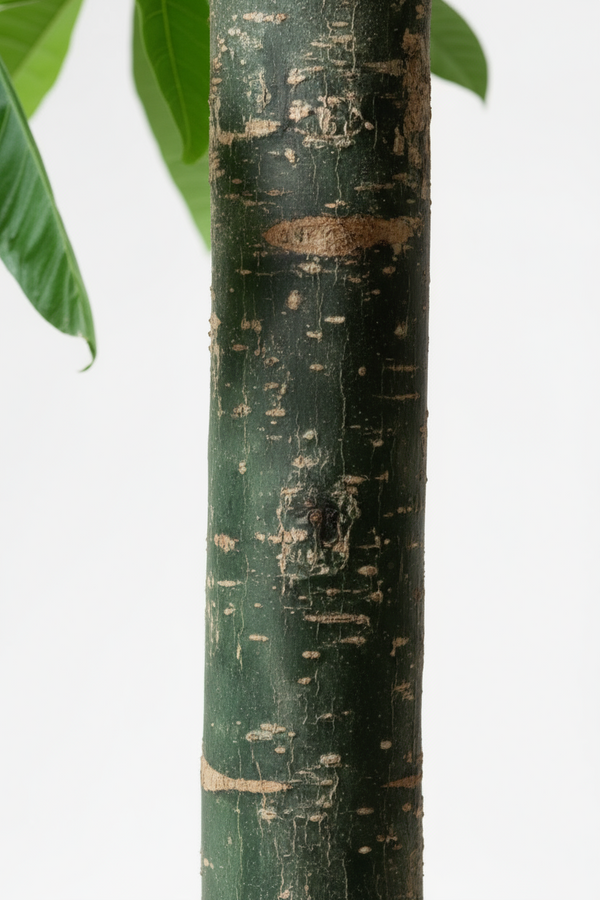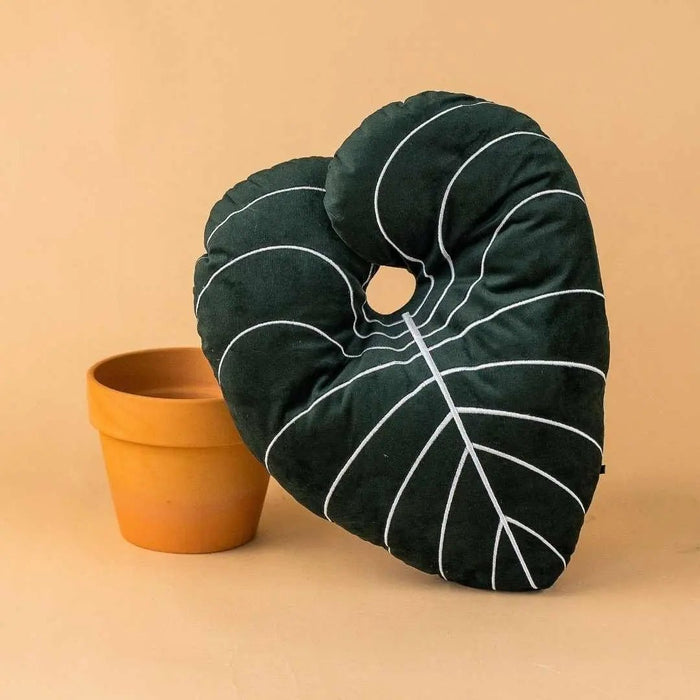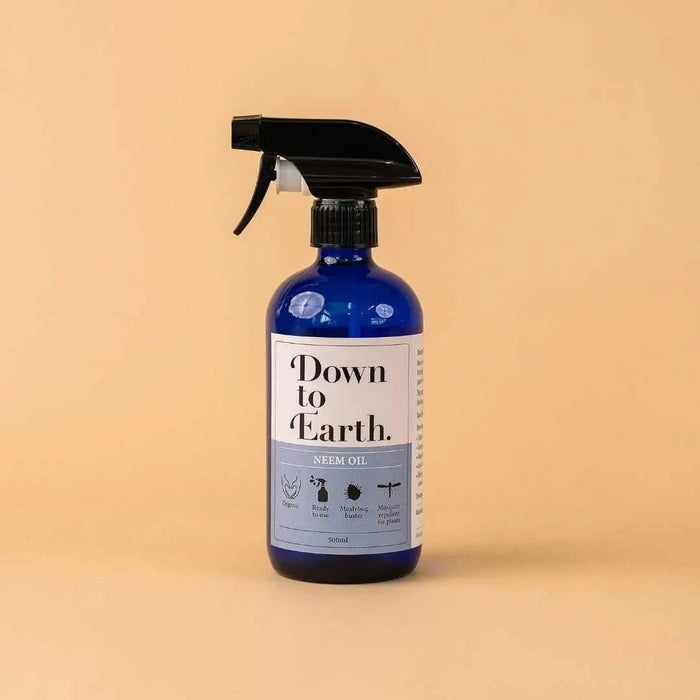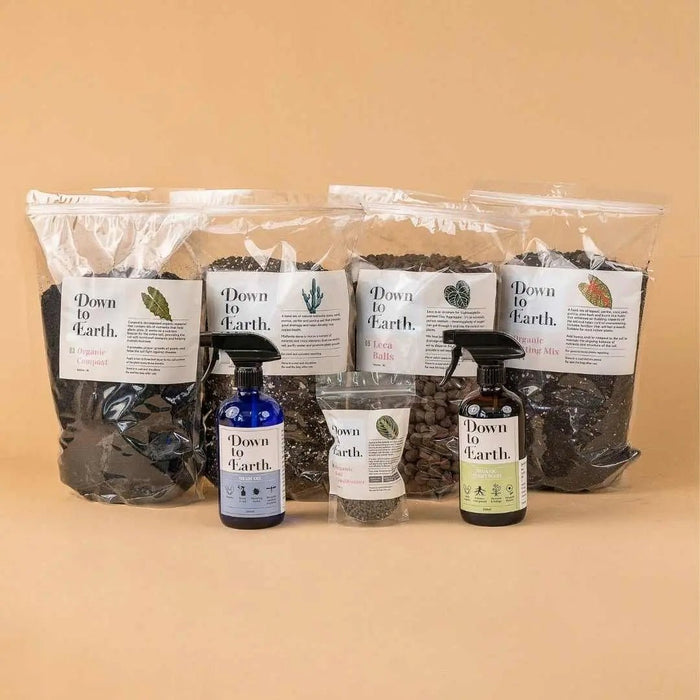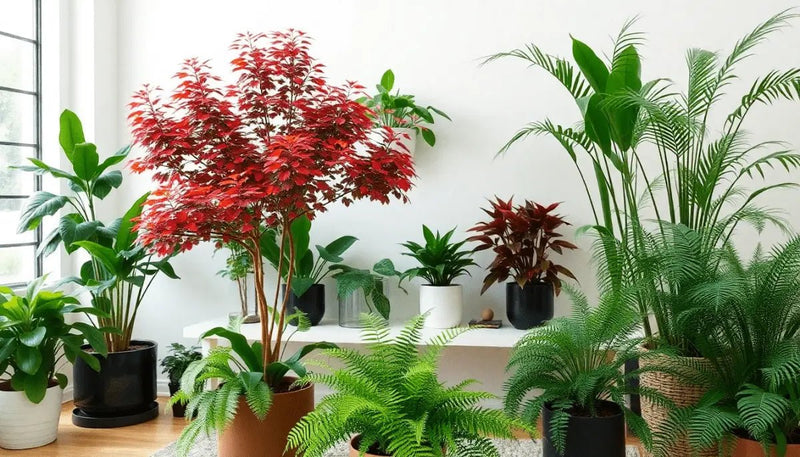Elevate Your Indoor Oasis: The Ultimate Guide to Choosing Japanese Maple and Air-Purifying Plants for Every Space in 2025
Posted on March 18 2025
Introduction
As we step into 2025, the trend of creating indoor oases continues to gain momentum. More people are recognizing the benefits of incorporating greenery into their homes, not just for aesthetics but also for well-being. Among the stars of indoor gardening are the stunning Japanese Maple and a variety of air-purifying plants. This comprehensive guide will help you choose the right plants for your space, ensuring that you cultivate a thriving indoor environment that promotes health, tranquility, and beauty.
Why Choose Japanese Maple?
The Japanese Maple (Acer palmatum) is renowned for its stunning foliage, ranging from deep reds to vibrant greens. This tree is often celebrated for its beauty in outdoor landscapes, but with the right care, it can thrive indoors, adding elegance and serenity to any space. Here are some compelling reasons to consider this beautiful plant:
- Stunning Aesthetics: Japanese Maples come in various colors and leaf shapes, providing a unique visual appeal that can be a focal point in your indoor oasis.
- Calming Presence: The graceful branches and vibrant leaves can enhance your mental well-being, creating a peaceful atmosphere.
- Air Quality Improvement: Like many plants, Japanese Maples contribute to improving indoor air quality by absorbing carbon dioxide and releasing oxygen.
- Versatile Size Options: They are available in different sizes, making them suitable for various types of indoor spaces.
Choosing the Right Japanese Maple for Your Indoor Space
When selecting a Japanese Maple for your home, it’s essential to consider several factors to ensure it thrives:
- Size: Opt for smaller varieties like the Mini Japanese Maple that fit well in pots and can be easily moved around.
- Light Requirements: Ensure the plant receives bright, indirect sunlight. Placing it near a window filtered by sheer curtains can provide the perfect lighting.
- Temperature: Keep your indoor space cool, ideally between 60°F and 75°F. Avoid placing it near heating vents or air conditioning units.
- Soil Type: Use well-draining potting soil enriched with organic matter. A mix designed for bonsai trees often works well.
- Watering Needs: Japanese Maples prefer consistently moist soil but dislike waterlogged conditions. Regularly check the soil moisture and water accordingly.
Top Air-Purifying Plants for 2025
In addition to the Japanese Maple, incorporating air-purifying plants can significantly enhance your indoor oasis and contribute to better air quality. Here are some top choices available on our website:
- Spider Plant: Known for its resilience, the Spider Plant is easy to care for and highly effective at removing toxins like formaldehyde and xylene from the air.
- Snake Plant: This hardy plant is known for its air-purifying abilities and ability to thrive in low light conditions. It's perfect for busy lifestyles.
- Pothos: A fast-growing vine that not only purifies air but also adds a lush green touch to your space. It can adapt to a variety of lighting conditions.
- Peace Lily: Apart from its beautiful white blooms, the Peace Lily is effective at filtering indoor air pollutants like ammonia and benzene.
- Areca Palm: This plant is excellent for humidifying the air and is one of the best air-purifying plants available.
Combining Japanese Maple with Other Plants
To create a harmonious indoor oasis, consider how to combine your Japanese Maple with other air-purifying plants. Here are some tips:
- Layering Heights: Place taller plants like the Areca Palm behind smaller plants like the Pothos to create depth.
- Color Coordination: Choose plants with complementary leaf colors to enhance the visual appeal. The bright greens of the Snake Plant contrast beautifully with the vibrant reds of some Japanese Maple varieties.
- Textural Variety: Mix plants with different leaf shapes and textures to create an engaging display. The smooth leaves of the Peace Lily can contrast nicely with the intricate leaves of a Japanese Maple.
Creating the Perfect Indoor Oasis
To create the ultimate indoor oasis, follow these essential tips:
- Arrangement: Group your plants based on their light and water needs. This will make care easier and ensure that each plant thrives.
- Decor: Use decorative pots that complement your interior style. Consider using ceramic pots for a modern look or rustic wooden containers for a more natural feel.
- Maintenance: Regularly check for pests and diseases. Use organic insecticides or natural remedies to keep your plants healthy.
- Humidity Levels: Many tropical plants thrive in high humidity. Consider using a humidifier or placing a tray of water near your plants to maintain humidity levels.
- Seasonal Care: Adjust your care routine based on the seasons. For instance, you may need to water more during the hot summer months and less in winter.
Common Issues and Solutions
As you nurture your indoor oasis, you may encounter some common issues. Here are solutions for maintaining the health of your plants:
- Yellowing Leaves: This can indicate overwatering. Check the soil moisture and adjust your watering schedule accordingly.
- Pest Infestations: Regularly inspect your plants for pests like spider mites or aphids. Treat infestations with neem oil or insecticidal soap.
- Leaf Drop: This may occur due to sudden changes in temperature or light. Ensure your plants are acclimated to their environment.
Conclusion
Elevating your indoor oasis in 2025 is an achievable goal with the right selection of Japanese Maple and air-purifying plants. By choosing the right varieties and following our guide, you can create a beautiful, tranquil space that enhances your home’s ambiance and air quality. Embrace the joy of indoor gardening and transform your living space into a lush sanctuary. Visit our website to explore our collection and start your indoor gardening journey today!

